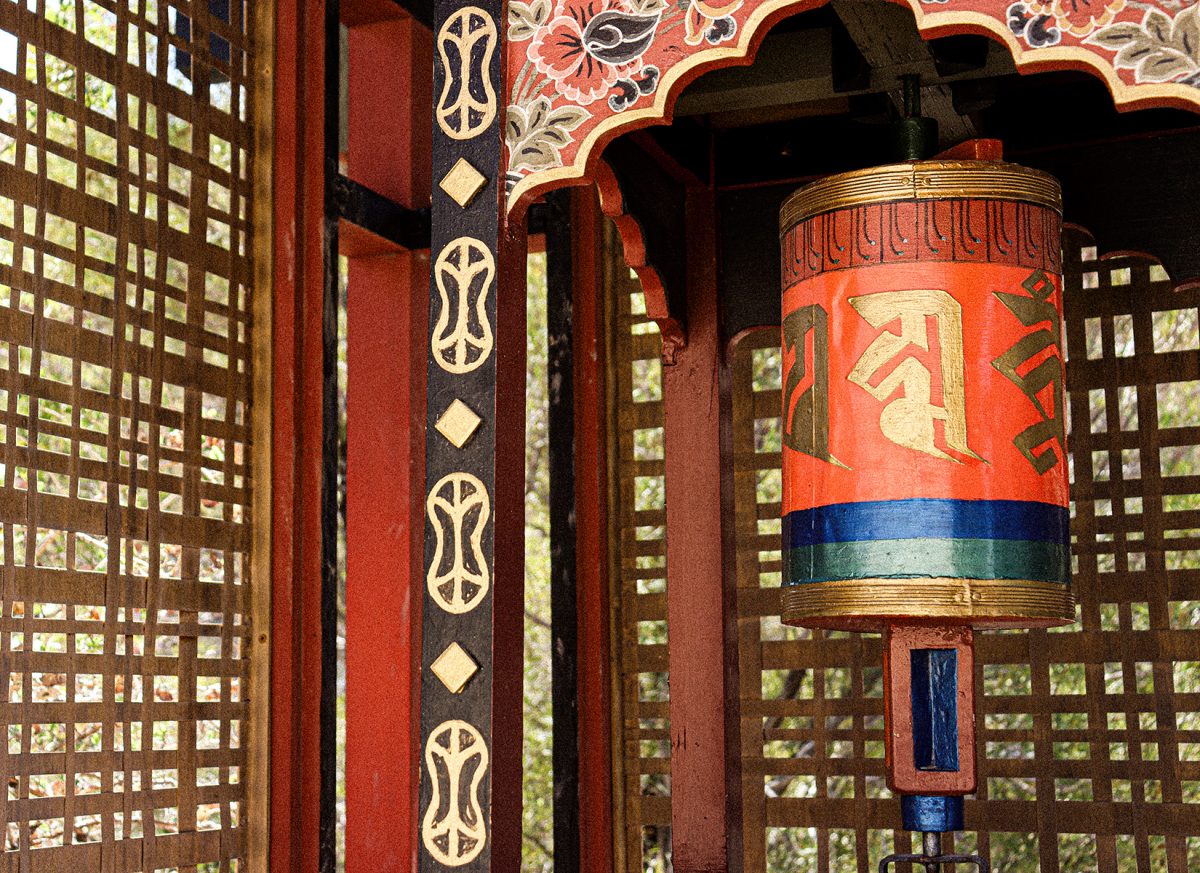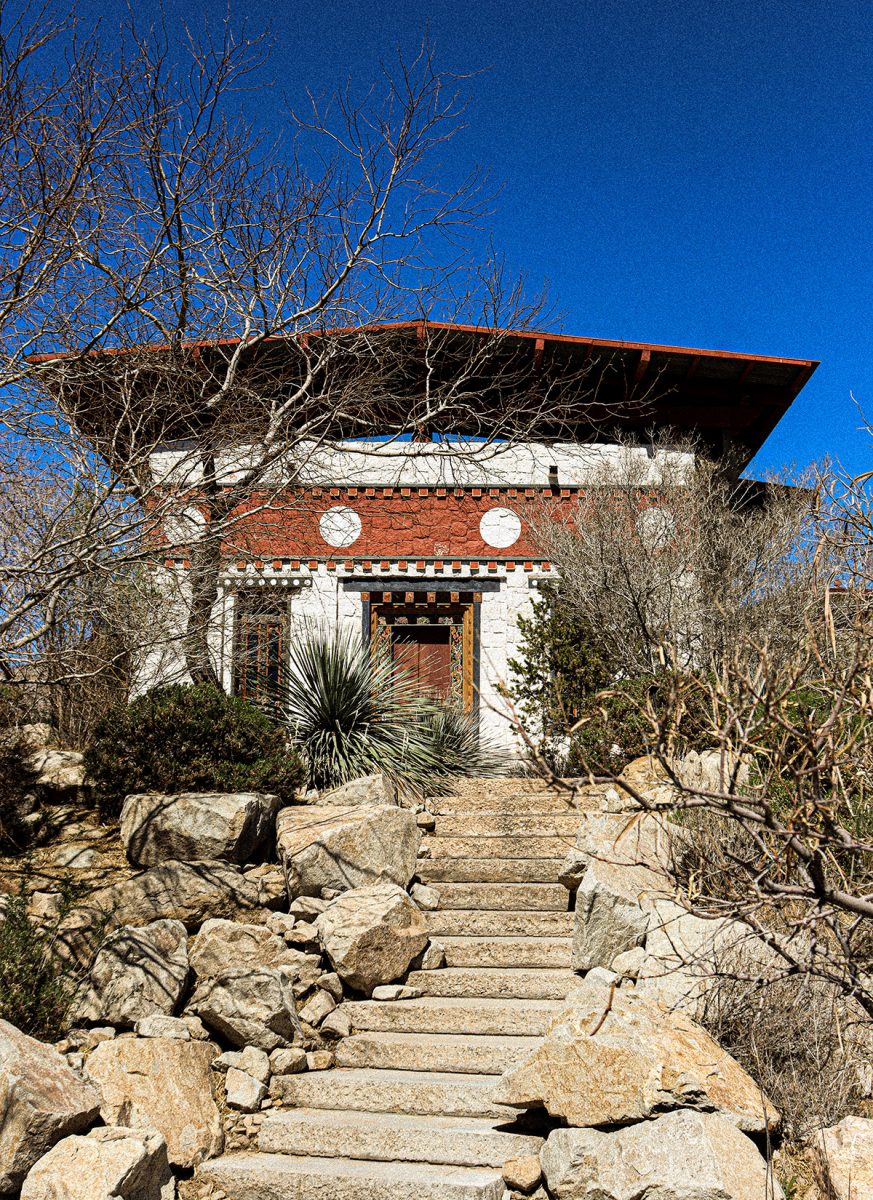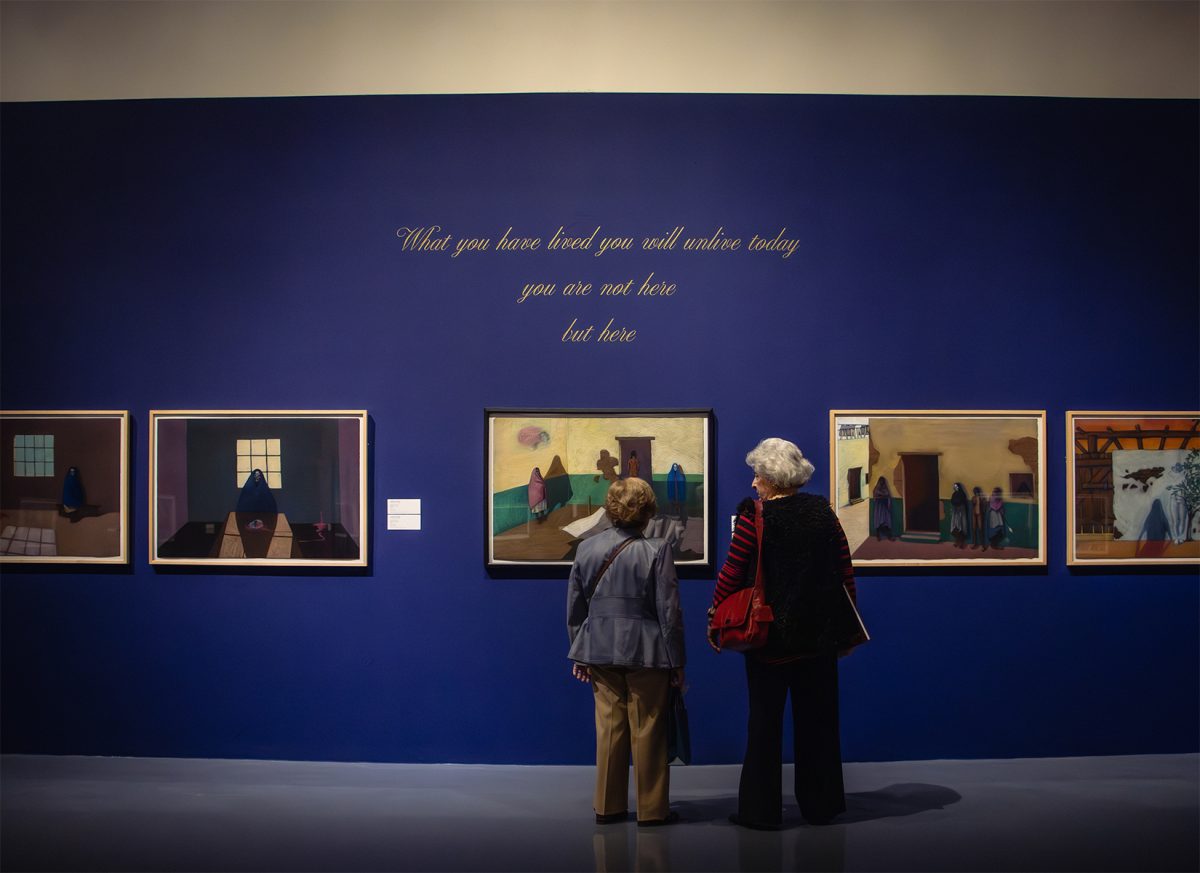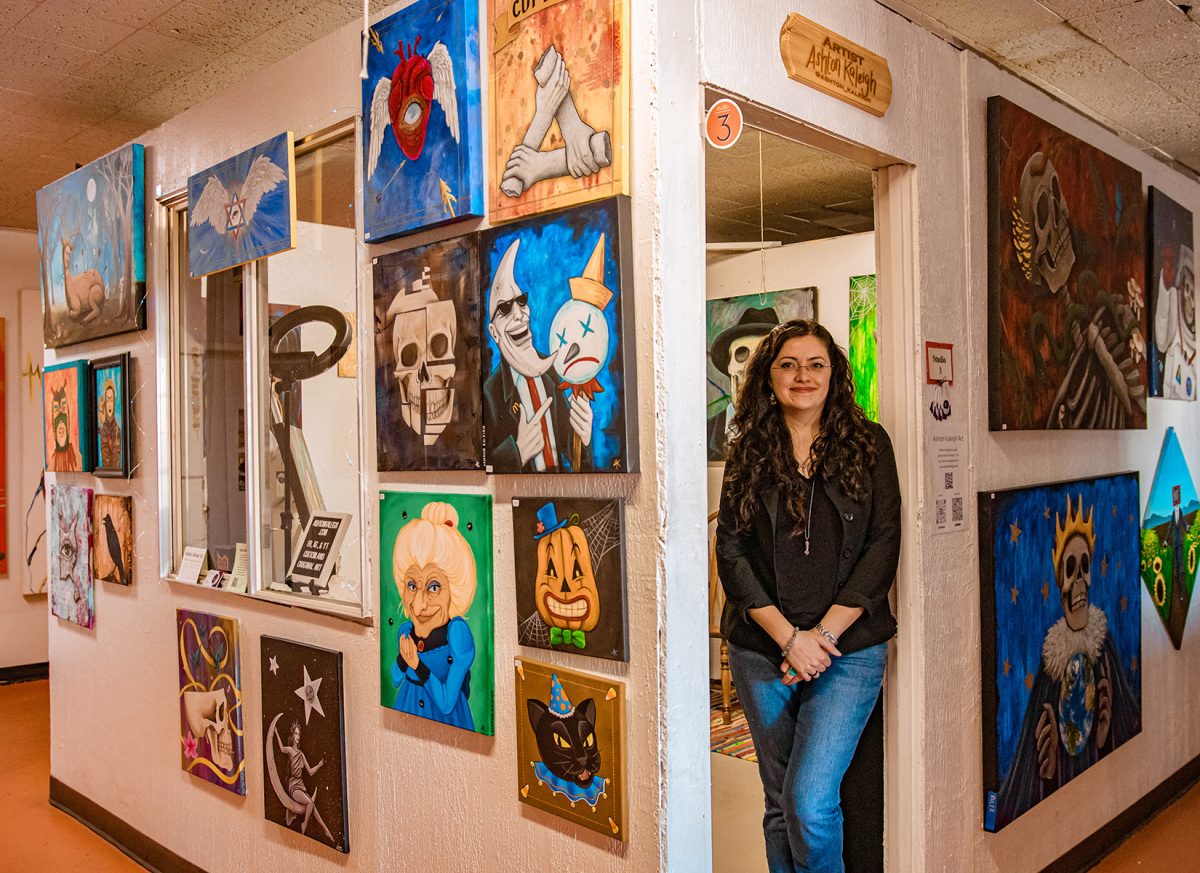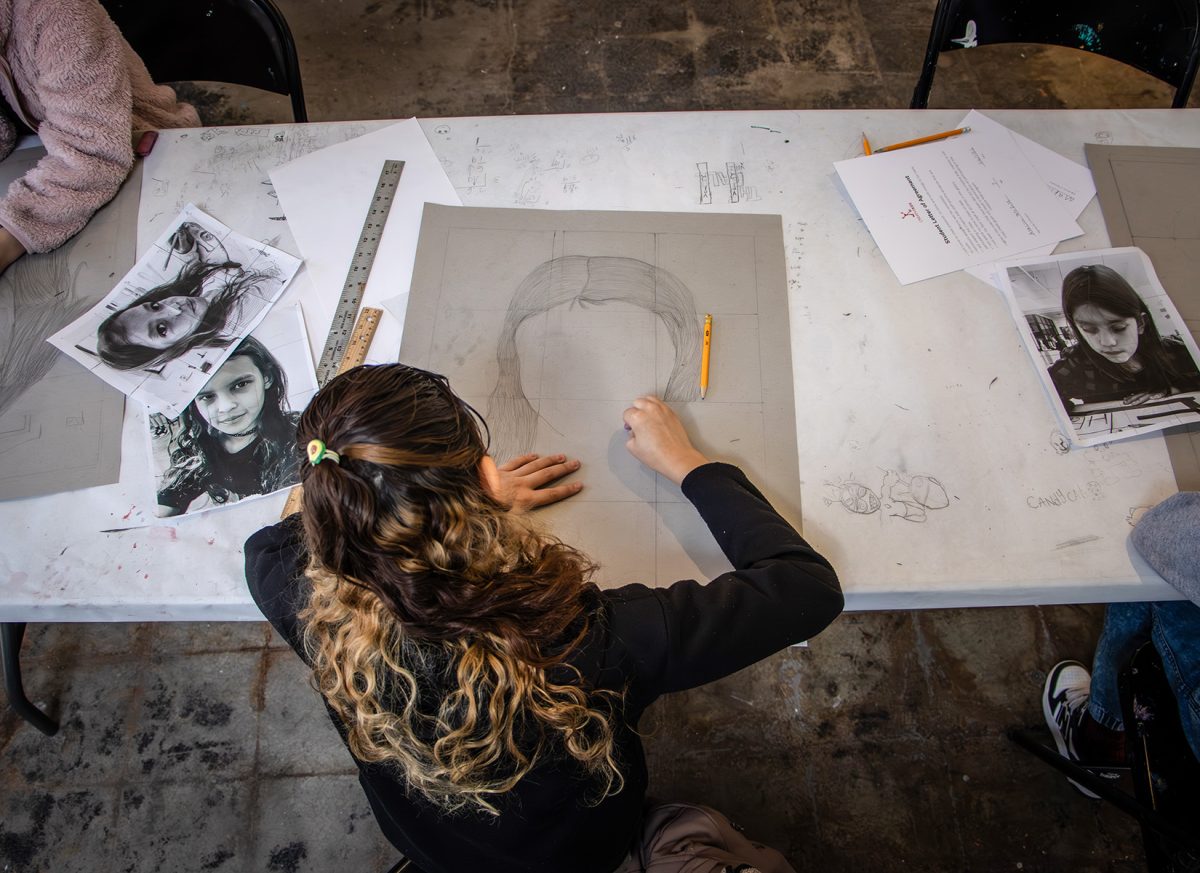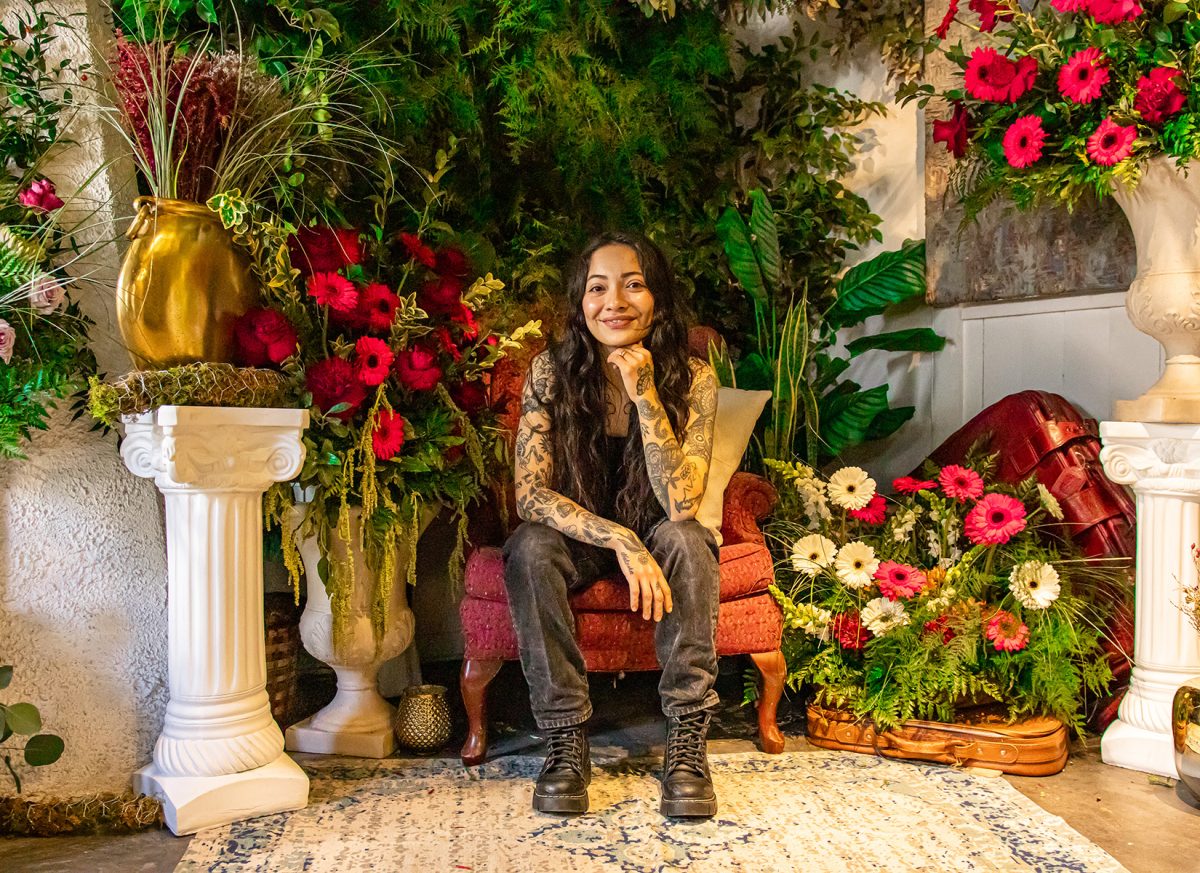Nestled within the heart of El Paso, UTEP stands as a beacon of cultural vibrancy, proudly showcasing Bhutanese culture, beauty, and traditions while celebrating Hispanic culture. From the vivid hues of murals along the Lhakhang temple, to the captivating Bhutanese architecture that fills the campus, Bhutanese culture beckons incoming students to immerse themselves in this rich tapestry of heritage.
As the UTEP community welcomes newcomers, students are warmly encouraged to engage in the diverse artistic expressions that define UTEP’s unique identity, fostering a sense of belonging and understanding that extends far beyond academic study.
At the heart of UTEP’s cultural landscape lies the Centennial Museum, an academic cornerstone dedicated to exploring the cultural history of the Chihuahuan Desert. Serving as an educational hub and platform for scholarly research, the museum promotes knowledge and appreciation of the region’s rich biodiversity.
Through its breathtaking collections that include the Chihuahuan Desert Gardens, the museum offers visitors a glimpse into the beauty of native flora, while championing the importance of conservation and environmental stewardship.
UTEP art major, Isaiah Baker, is a work-study student at Centennial Museum and expresses the key points in having a museum on campus.
“The best part of having Centennial Museum on campus is the history that you get to learn about our school and the history of El Paso in general and many other artifacts that you will find like the paleontology exhibits and the biology exhibits, and they’re very interesting,” Baker said.“I would highly recommend checking out the Centennial Museum due to it being such a core part of our campus as well as being able to experience one of El Paso’s many museums that they have here.”
The Chihuahuan Desert Gardens, found within the museum’s grounds, stands as a testament to the resilience and beauty of the desert landscape. Featuring over 600 species of native plants carefully arranged in thematic gardens, this oasis serves as a captivating visual and a valuable resource for botanical and environmental education.
Collaborating closely with UTEP’s biodiversity collections, the garden provides a platform for ongoing research and community outreach, further enriching the university’s academic endeavors.
In addition to Centennial Museum, Bhutanese culture expands within the campus more subtly, such as through prayer wheels, which can be located behind the Centennial Museum. On the prayer wheel it states that the wheels are a spiritual practice deeply rooted in the Buddhist tradition. These sacred objects, adorned with intricate designs and imbued with profound symbolism, serve as a reminder of the power of faith and the pursuit of spiritual enlightenment.
Inspired by the rich cultural heritage of Bhutan, UTEP’s campus buildings pay homage to the distinctive architectural styles of the Himalayan Kingdom, creating a harmonious blend of tradition and modernity.
The awe-inspiring Bhutanese temple, or Lhakhang, is a hidden gem within the campus’s cultural mosaic, a testament to the enduring spirit of collaboration and craftsmanship. Constructed using traditional techniques by a diverse team of American and Bhutanese artisans, this architectural marvel serves as a reminder of the universality of human creativity and ingenuity. Its unexpected presence in El Paso is a tangible symbol of the interconnectedness of cultures, bridging geographical and cultural divides with its timeless beauty.
The artistic and cultural scene at UTEP offers incoming students a gateway to a world of exploration and discovery. Through vibrant expressions of art, culture and architecture students can forge connections, celebrate diversity and gain a deeper understanding of UTEP rich cultural history.
As students embark on their academic journey at UTEP, these cultural experiences will enrich their personal growth and contribute to a more inclusive and interconnected campus community where the spirit of curiosity and appreciation for cultural diversity thrives.
SalmaPaola Baca is a staff photographer and may be reached at [email protected].

